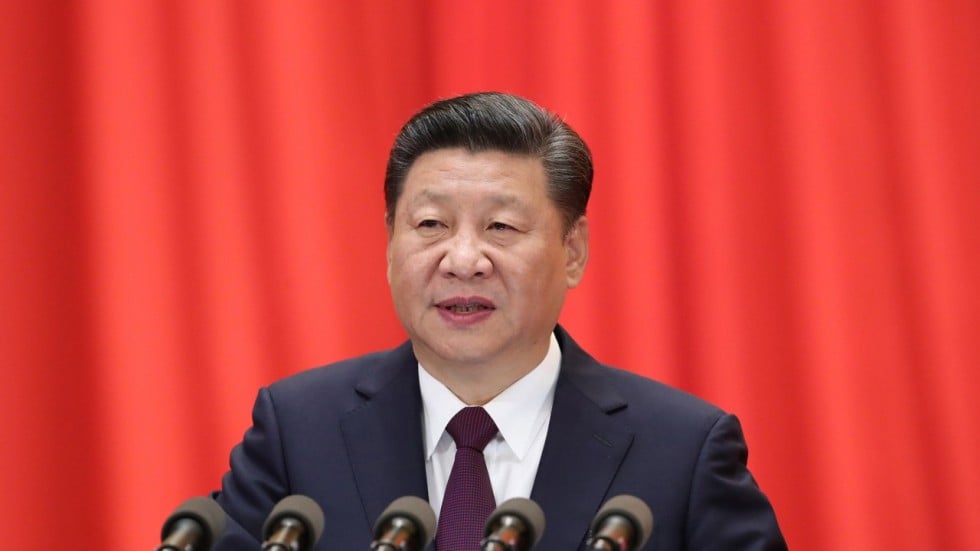Source: SCMP (10/18/18)
A simple guide to Xi Jinping Thought? Here’s how China’s official media tried to explain it
People’s Daily produces complex, colour-coded graphic in attempt to visualise ‘Xi Jinping Thought on Socialism with Chinese Characteristics for a New Era’
By Matt Ho
When Xi Jinping outlined his political blueprint for the next 30 years at the Communist Party congress last year, it took him three and a half hours to articulate his vision for the country.
Now, to mark the first anniversary of his speech, the party’s official mouthpiece has made a no less ambitious attempt to visualise the Chinese president’s doctrines.
The result, published on the WeChat account of People’s Daily on Thursday, is a complex colour-coded “mind map” consisting of 30 separate elements, each broken down into multiple subsections that resemble the branches of a tree.
Officially called “Xi Jinping Thought on Socialism with Chinese Characteristics for a New Era”, the doctrine is now enshrined in both state and party constitutions.
It laid out a series of national goals for 2050, such as making China a nation with pioneering global influence, turning the military into a “world class” force, eradicating extreme poverty, and reiterated a pledge to continue to open up the country’s markets and provide a level playing field for businesses.
Mind mapping is a visual thinking tool invented by the British author Tony Buzan, designed to convey information and ideas clearly by using structured branches, keywords, images and colour codes.
In this case it is open to question how effective this infographic “study guide” will be, given the complexity and level of detail involved.
[China’s slick new game show aims to get millennials studying Xi Jinping]
In general, the study of Xi’s guiding political principles is no laughing matter for cadres and officials amid the ongoing tightening of the party and the bureaucracy’s political discipline and demands for loyalty.
Dozens of institutes dedicated to the research and study of “Xi Jinping Thought” have been established in universities across the country, while school curriculums have also been revised to incorporate the new ideology into textbooks.

